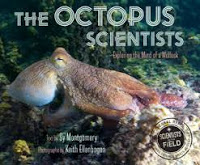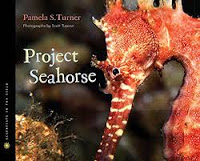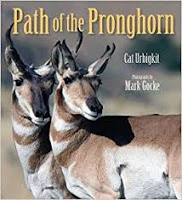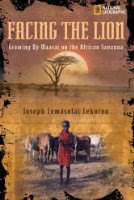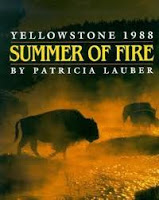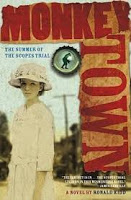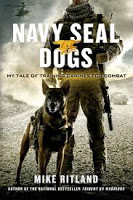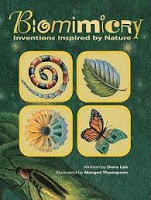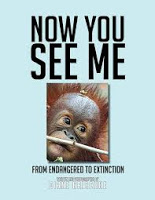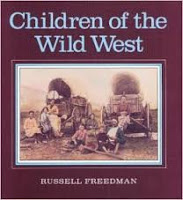Growing Up Maasai on the African Savanna
by Joseph Lemasolai Lekuton
This is a firsthand account of growing up in a nomadic Maasai tribe, the Ariaal to be precise. Lemasolai describes what it is like to live in Kenya as a nomadic herder, and learning a bit about Maasai culture was pretty interesting. The customs, gender divisions, hardships, his experience in the initiation ceremony and most of all, the cattle. He talks a lot about cows, and it makes sense, seeing how important they are to the Maasai. There is not much mention of wildlife- avoidance of elephants, a brief but very memorable story about a hyena, a lion hunt where he is desperate to prove his bravery.
The government requires each family to send one child to school. Lemasolai\’s brother went first, but hated it and ran away from school, so Lemasolai volunteered to go in his place. He had a bit of a culture shock there, being required to wear western-style clothes, learn English and submit to a different form of discipline. While a lot of his story opens your eyes to how different some people live in the world, much of it is universal as well. He wants to make friends and impress them, has to endure teasing, struggles to face a bully, sometimes skips his obligations to play instead. Has to trek miles to go home to his family on vacation time- as they are nomads sometimes they are very far away, there are no roads and once it took him two weeks to get home. I really admired how he held onto his traditions and managed to straddle two cultures, seemingly with ease. He learned as much as he could at school. Catching the attention of the President of Kenya in a soccer game earned him a sponsorship which sent him very far, and eventually he ended up as a teacher himself in the States. Always returning home when he could, taking American students with him to show them to his homeland.
One really amusing incident occurred when he was home for a visit, dressed in traditional clothing and walking with some friends. They encountered a group of European tourists who tried to take advantage of their presumed ignorance. It was hilarious and satisfying when Lemasolai revealed that he\’d understood everything the tourists said. Near the end of the book, I found it very touching that he took his mother a gift of fine cattle. He really wanted to show his love and appreciation, and did not give her any modern gadgets or labor-saving devices, but some quality livestock that would improve his family\’s herd, a thing she could really value. The afterword, written by a man who knew the author in his teaching capacity, is insightful and adds a bit more context to the book.
While the writing style is simple and straightforward, in this case it worked well. It\’s a book written for younger readers after all- the author wanted to share his story with children. I did wish for a bit more depth and detail, but as it accomplishes what it set out to do admirably, I can\’t complain.
Rating: 3/5 128 pages, 2003
